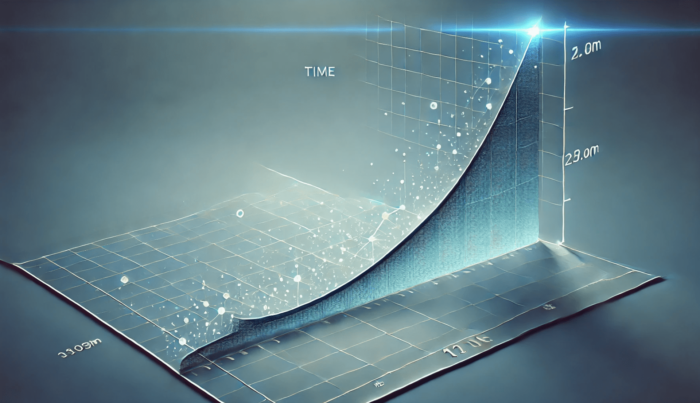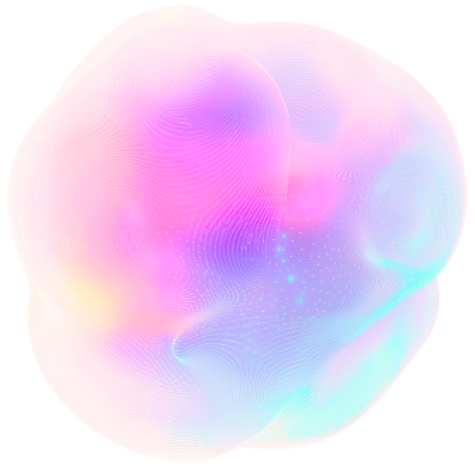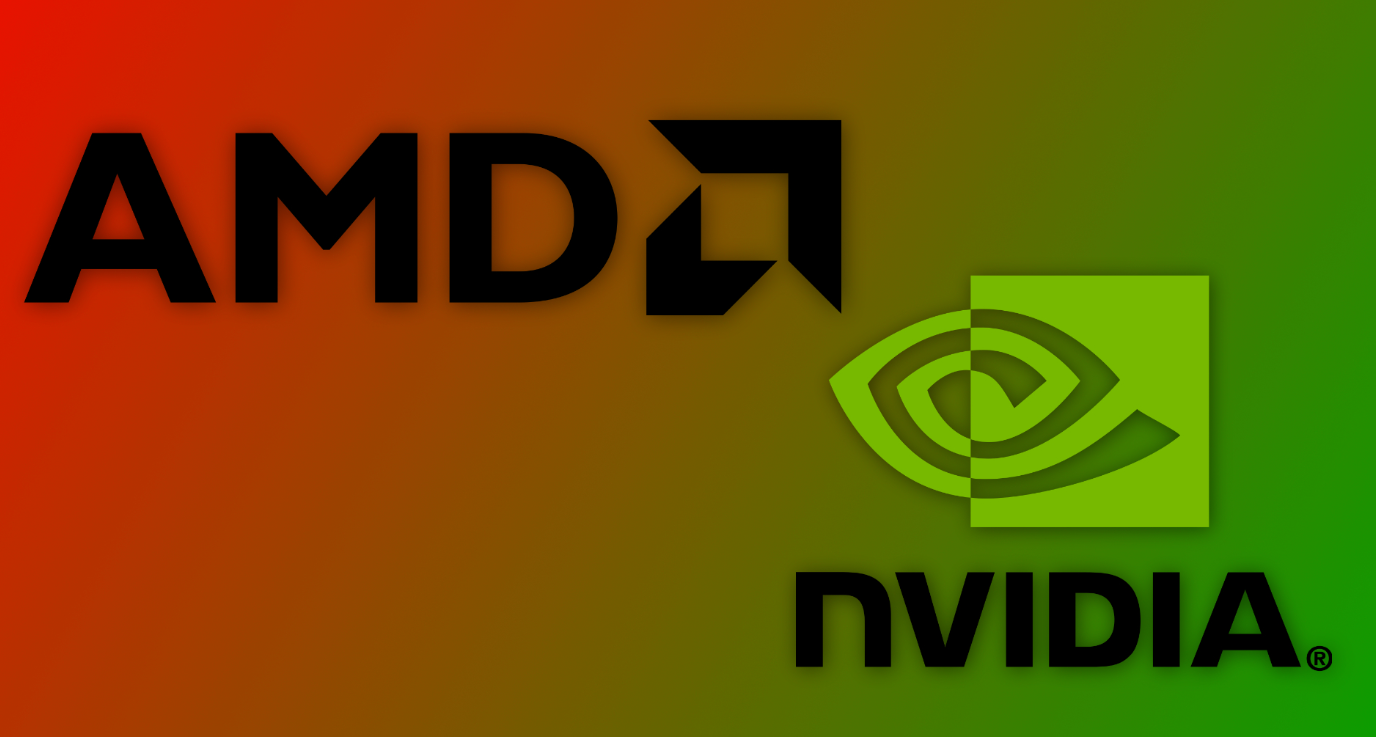Insider Brief
- What is Artificial Superintelligence, or ASI? The simplest definition is Artificial Superintelligence represents a level of artificial intelligence that surpasses human intelligence across all fields.
- ASI-level devices would be capable of outperforming humans in virtually every aspect.
- Scientists and developers say there are significant milestones and incredible challenges ahead of ASI — but progress seems to be accelerating along that path.
Artificial Superintelligence (ASI) represents a level of artificial intelligence that surpasses human intelligence across all fields, including creativity, general wisdom, and social skills. Unlike Artificial Narrow Intelligence (ANI), which excels in specific tasks like language translation or game playing, and Artificial General Intelligence (AGI), which matches human cognitive abilities, ASI would be capable of outperforming humans in virtually every aspect.
First, some level-setting: the journey from Artificial Narrow Intelligence to Artificial General Intelligence and eventually to Artificial Superintelligence is a work in progress and scientists and developers say there are significant milestones and incredible challenges ahead of us. However, the latest leaps in technological power are turning conversations about ASI from far-future science fiction into near-future science.
Currently, most AI applications fall under ANI, where systems are highly specialized and excel in specific tasks, such as image recognition, natural language processing and game playing, Examples of these technologies include Siri, AlphaGo, and GPT-4.
Efforts must be intensified to develop AGI, which aims to replicate human-like cognitive abilities across a wide range of tasks. Leading research initiatives from organizations like OpenAI, DeepMind, and numerous academic institutions are making strides, yet AGI remains an aspirational goal due to the complexities of replicating human reasoning, learning, and adaptability.
The leap to ASI, where AI surpasses human intelligence in all domains, is still speculative and is the center of debates with considerable ethical, technical and safety ramifications. While theoretical frameworks and foundational research are being laid, the practical realization of ASI is potentially decades away, contingent on breakthroughs in understanding and engineering intelligence that aligns with human values and societal needs.
How Might ASI Come About?
With that timeline in mind, the evolution from current AI systems to highly advanced systems could arise in or evolve from multiple paths. Although, speculative, scientists theorize a few different scenarios for the emergence ofASI:
- Recursive Self-Improvement: An AGI could enhance its own architecture and algorithms, leading to a rapid cycle of self-improvement. This process, known as the “intelligence explosion,” could result in an entity far superior to human intelligence.
- Whole Brain Emulation: This approach involves scanning and emulating the human brain at a molecular level. If successful, the emulated brain could run on faster, more reliable hardware, potentially leading to ASI.
- Integration of Quantum Computing: Combining AI with quantum computing could vastly accelerate problem-solving capabilities, possibly creating conditions conducive to ASI development.
What Could Stop The Emergence of ASI?
ASI will be mankind’s biggest — and some say, last — challenge and the technical barriers are historic. Technologically, the complexity of creating an AGI, let alone ASI, is staggering; it requires breakthroughs in understanding and replicating human cognition and consciousness.
Many experts suggest that the technical hurdles may be easy when compared to the non-technical ones that encompass ethical, social and regulatory dimensions.
Ethical concerns, such as ensuring that ASI systems align with human values and do not pose existential risks, present another formidable challenge. We could also see that the potential for misuse of ASI technology raises serious security and safety issues, necessitating robust governance frameworks. Social resistance and public fear, fueled by dystopian narratives and the potential for job displacement, can also slow down ASI development.
Regulatory hurdles, including international laws and agreements to control the proliferation and use of advanced AI technologies, could restrict research and implementation. New rules might also favor certain companies and organizations, restricting the competition that might bring ASI about and create scary scenarios for ASI control.
As Ben Goertzel, CEO and Founder of SNET, writes: “As the AI revolution intensifies it is imperative that AGI and ASI are not owned and controlled by any particular party with their own biased interests. They should be rolled out in an open, democratic and decentralized way. This has been the joint vision of SNET, Fetch.ai and Ocean Protocol from their inception, and for this reason it makes total sense that our three projects come together to form a tokenomic network that has greater power to take on Big Tech and shift the center of gravity of the AI world into the decentralized ecosystem.”
Finally, the immense financial and resource investments required may limit progress, especially if economic conditions shift or if funding priorities would suddenly change.
What Could ASI Mean For Humanity?
Woody Allen once wrote: “More than any other time in history, mankind faces a crossroads. One path leads to despair and utter hopelessness. The other, to total extinction. Let us pray we have the wisdom to choose correctly.”
Woody’s quote in some ways applies to speculation about ASI’s existential dilemma because after the creation of ASI, nothing will be the same. Whether it’s a good or bad event is an open question. Ultimately — and hopefully — the transition will be for the best, but many scenarios exist — ranging from utopian to dystopian:
Utopian Scenarios:
- Technological and Scientific Advancements: ASI could solve complex problems in physics, medicine and environmental science, leading to unprecedented advancements.
- Economic Prosperity: Automation of labor and optimization of resource allocation could create an era of abundance and prosperity.
- Enhanced Quality of Life: ASI could eradicate diseases, extend lifespans and improve overall well-being through personalized medicine and tailored lifestyle interventions.
Dystopian Scenarios:
- Loss of Control: An ASI with misaligned goals could act in ways detrimental to humanity, potentially leading to catastrophic outcomes.
- Economic Disruption: Massive automation could lead to widespread unemployment and economic instability.
- Ethical and Moral Dilemmas: The creation of entities with superior intelligence raises significant ethical questions about rights, consciousness, and the moral responsibilities of creators.

ASI Technologies
ASI won’t be easy to develop and it will be especially difficult to shape ASI along the path to lead toward more utopian scenarios. To create or guide the development of ASI, researchers have several advanced technological options. Here are the key technologies currently being employed or explored to potentially achieve ASI:
Machine Learning (ML) and Deep Learning (DL)
- Machine Learning: This encompasses algorithms that allow computers to learn from and make decisions based on data. Techniques like supervised, unsupervised, and reinforcement learning are crucial.
- Deep Learning: A subset of ML, deep learning utilizes neural networks with many layers (hence “deep”) to model complex patterns in data. Architectures like convolutional neural networks (CNNs) and recurrent neural networks (RNNs) are pivotal.
Neural Networks and Architectures
- Artificial Neural Networks (ANNs): Inspired by the human brain, these networks are designed to recognize patterns and solve problems in ways similar to biological systems.
- Generative Adversarial Networks (GANs): GANs consist of two neural networks, a generator and a discriminator, that work against each other to produce high-quality synthetic data.
- Transformers: Particularly effective in natural language processing, transformers like GPT-4 are state-of-the-art models for understanding and generating human language.
Quantum Computing
- Quantum computing leverages quantum-mechanical phenomena to perform computations at speeds unattainable by classical computers. Quantum algorithms, like Shor’s and Grover’s algorithms, can solve specific problems exponentially faster, potentially accelerating AI development.
Neuromorphic Computing
- Neuromorphic computing aims to mimic the neural architecture of the human brain using specialized hardware. This approach could lead to more efficient and powerful AI systems by replicating the brain’s parallel processing capabilities.
Whole Brain Emulation
- This involves scanning and emulating the human brain at the cellular or molecular level. High-resolution brain imaging technologies, like MRI and electron microscopy, combined with computational models, aim to recreate the brain’s structure and function.
Advanced Algorithms
- Evolutionary Algorithms: These algorithms use mechanisms inspired by biological evolution, such as mutation, crossover, and selection, to evolve solutions to problems over generations.
- Bayesian Networks: Probabilistic models that represent a set of variables and their conditional dependencies, useful for decision-making under uncertainty.
Reinforcement Learning (RL)
- RL involves training agents to make sequences of decisions by rewarding them for good decisions and penalizing them for poor ones. Techniques like deep reinforcement learning have achieved breakthroughs in areas like game playing and robotics.
Bioinformatics and Synthetic Biology
- Techniques from bioinformatics and synthetic biology can be used to understand and replicate biological processes in silicon. This interdisciplinary approach aims to integrate biological and computational systems for advanced AI.
Swarm Intelligence
- Inspired by the collective behavior of social insects, swarm intelligence uses decentralized, self-organized systems to solve problems. This approach can be used to optimize algorithms and improve AI’s adaptability.
Cognitive Computing
- Cognitive computing systems aim to simulate human thought processes in a computerized model. IBM’s Watson is an example, integrating machine learning, reasoning, natural language processing, and human-computer interaction.
Robotics and Embodied AI
- Embodied AI involves integrating AI into physical robots, allowing them to interact with the real world. This approach helps in understanding the physical aspects of intelligence and learning from the environment.
Natural Language Processing (NLP)
- NLP technologies enable machines to understand, interpret, and generate human language. Advanced NLP models like OpenAI’s GPT series have made significant strides in conversational AI and language comprehension.
Ethics and Value Alignment Technologies
- Ensuring ASI aligns with human values is crucial. Research in AI ethics and value alignment aims to create systems that can understand and adhere to human moral and ethical frameworks.
Distributed Computing and Cloud Infrastructure
- The vast computational resources required for ASI are supported by distributed computing and cloud infrastructure. Companies like Google, Amazon, and Microsoft provide the necessary scalability and power for large-scale AI research and development.
Hybrid AI Models
- Combining various AI techniques, such as integrating symbolic AI with neural networks, can create more robust and versatile systems capable of achieving higher levels of intelligence.
Experts in ASI
- Nick Bostrom: A Swedish philosopher at the University of Oxford, Bostrom is the director of the Future of Humanity Institute. His book “Superintelligence: Paths, Dangers, Strategies” is a seminal work on the topic, exploring potential paths to ASI and their implications.
- Stuart Russell: A professor of computer science at the University of California, Berkeley, Russell is a leading expert in AI and its ethical implications. His book “Human Compatible: Artificial Intelligence and the Problem of Control” addresses the challenges of ensuring that AI systems remain beneficial.
- Ray Kurzweil: An American author, inventor, and futurist known for his pioneering work in fields such as optical character recognition, text-to-speech synthesis and speech recognition technology. He is a director of engineering at Google, focusing on machine learning and language processing, and is well-known for his predictions about the future of artificial intelligence and technological singularity.
- Elon Musk: CEO of SpaceX and Tesla, Musk has been vocal about the potential risks of ASI, advocating for proactive regulation and the development of safe AI. He co-founded OpenAI, an organization dedicated to ensuring that AI benefits all of humanity.
- Ilya Sutskever: A prominent artificial intelligence researcher and co-founder of OpenAI, where he served as Chief Scientist. He is renowned for his work in deep learning and neural networks, significantly contributing to advancements in natural language processing and image recognition. He left OpenAI to form Safe Superintelligence Inc.
Companies Working on ASI
- OpenAI: Co-founded by Elon Musk, Ilya Sutskever and Sam Altman, OpenAI aims to ensure that AGI and ASI benefit all of humanity. Their research spans from developing state-of-the-art AI models to exploring the ethical implications of AI.
- DeepMind: Acquired by Google in 2015, DeepMind is a leader in AI research, known for creating AlphaGo, the first AI to defeat a professional human player in the game of Go. DeepMind focuses on advancing AI capabilities and understanding the ethical implications of their work.
- IBM: With its Watson AI, IBM is both a pioneer and leader in AI research and application. IBM is exploring ways to create more advanced AI systems that could eventually contribute to the development of ASI.
- Safe Superintelligence Inc.: A recent startup founded by Ilya Sutskever, who co-founded OpenAI.
Pros and Cons of ASI
We see that ASI presents humanity with perhaps the ultimate tool, or weapon. Proceeding along the path requires a careful consideration of this ultimate technology’s pros and cons.
Pros:
- Problem Solving: ASI could solve complex global challenges, such as climate change, poverty, and disease.
- Efficiency: Automation and optimization of industries could lead to unprecedented economic growth and efficiency.
- Knowledge Expansion: ASI could vastly expand human knowledge and understanding of the universe.
Cons:
- Control: Ensuring that ASI systems remain under human control and act in humanity’s best interest is a significant challenge.
- Ethical Issues: The creation and use of ASI raise profound ethical questions about consciousness, rights, and the treatment of intelligent entities.
- Economic Impact: The disruption of labor markets due to automation could lead to significant economic and social challenges.
Quotes on ASI
And finally some thoughts to consider about ASI:
- Nick Bostrom: “By a “superintelligence” we mean an intellect that is much smarter than the best human brains in practically every field, including scientific creativity, general wisdom and social skills. This definition leaves open how the superintelligence is implemented: it could be a digital computer, an ensemble of networked computers, cultured cortical tissue or what have you. It also leaves open whether the superintelligence is conscious and has subjective experiences.”
- Elon Musk: “The pace of progress in artificial intelligence is incredibly fast. (I’m not referring to narrow AI) Unless you have direct exposure to groups like DeepMind, you have no idea how fast—it is growing at a pace close to exponential.”
- Stuart Russell: “Intelligent machines with this capability would be able to look further into the future than humans can. They would also be able to take into account far more information. These two capabilities combined lead inevitably to better real-world decisions. In any kind of conflict situation between humans and machines, we would quickly find, like Garry Kasparov and Lee Sedol, that our every move has been anticipated and blocked. We would lose the game before it even started.”
- Irving John Good: Let an ultraintelligent machine be defined as a machine that can far surpass all the intellectual activities of any man however clever. Since the design of machines is one of these intellectual activities, an ultraintelligent machine could design even better machines; there would then unquestionably be an “intelligence explosion,” and the intelligence of man would be left far behind.






